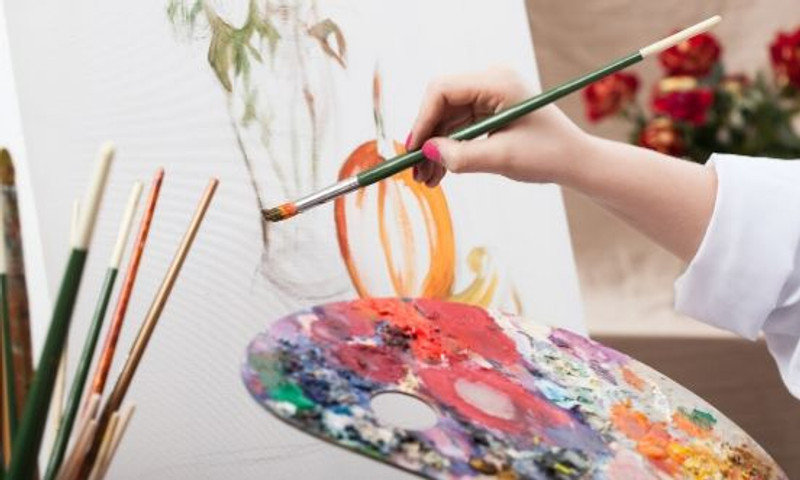Painting allows you to express yourself, but you need a few key tools to get your ideas out of your head and into the physical world. Whether you’re getting serious about painting for yourself, getting your kids set up to try it out, or pondering painting supplies for a different reason, it’s vital you start off with these staple supplies. Without further ado, here are the essential painting supplies every artist needs to maximize their expressive range and have the most fun possible with brush in hand.
Paints
Painting is not painting without paint to paint with. When starting out or teaching someone else, begin with a broad range of colors and perhaps even different paint types. Acrylic and watercolor paints are simple enough for starters, while oil-based paints are a bit more difficult to use. With oil paints, be aware that learning how to balance solvents and paints takes practice.
If you want even more control over paints’ qualities—their color, hue, and value—consider making your own. There are several different methods for making your own paints.. If you go this route, you’ll require some additional supplies, such as Iron Oxide Powder, one of our many beautiful Dry Pigments.
Brushes
The type of brushes you use also matters. Round tip brushes are effective at precise, detailed work while also able to thicken out for broader strokes. Meanwhile, its cousin, the pointed round brush, is thinner and tailored for the finest of detail work. When you need to fill larger spaces on your surface or varnishing a finished product, pick up a thicker, squared-off flat brush. Angular flat brushes serve a similar purpose.
A Surface
Another foundational painting supply every artist needs is a surface to paint. Depending on your project, you could paint a piece of wood furniture, a wall, or something else you interact with daily. But if you want to create a new piece, you’ll want to decide on a type of canvas. One note—it’s nice to practice on a sketchbook before you commit to a bigger project. When you do feel ready, there are several canvas variables to consider.
First, consider whether it’s composed of cotton or linen. Cotton canvases are more cost-effective, while linen canvases have a soft, smooth texture many artists prefer. Also, canvases come in different forms. Stretched canvas is popular, usually comes with gesso primer so you can paint immediately, and results from manufacturers stretching cotton canvas over a wood frame. You can create your own stretched canvas, too. Alternatively, if you do want a sketchbook-like painting surface, canvas pads are primed canvas in a notebook for on-the-go transport.

